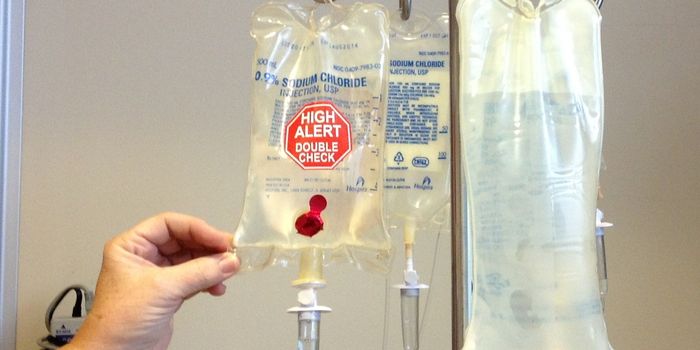Subtype-Dependent Health Disparities Among Breast Cancer Patients
Breast cancer remains the most common invasive cancer diagnosed in women in the United States, accounting for about one in three new female cancers each year. This equates to an expected 310,720 new cases of invasive breast cancer and 42,720 breast cancer-related mortalities by the end of 2024.
Notably, the breast cancer-related death rate has decreased since 1989, resulting in over a 40% decline (1989 through 2021). However, racial disparities remain significant when considering breast cancer prognosis. According to the American Cancer Society, the median age of breast cancer diagnosis among Black women is younger than White women (60 versus 64 years). Black women also have an elevated risk of developing triple-negative breast cancer (TNBC), one of the most difficult-to-treat breast cancer subtypes. Further, diagnostic statistics show that Black women are less likely to present with localized cases, which have the highest treatment success rates. Black women, therefore, have a higher risk of mortality from breast cancer than White women.
A new study published in the Journal of Clinical Oncology highlights the significant health disparities in breast cancer survival. The metanalysis started with a comprehensive database search for studies published between 2000 and 2022. Studies included in the analysis compared survival for Black and White women with subtype stratification (a process of categorizing or grouping based on specific biological characteristics) by hormone receptor (HR) and human epidermal growth factor receptor 2/neu (HER2; also known as ERBB2). Subtypes included HR+/HER2+, HR+/HER2-, HR-/HER2+, and HR-/HER2-. The researchers identified 18 studies of over 200,000 patients (34,262 Black and 182,466 White).
The study indicates several intrinsic factors, such as differences in socioeconomic variables and delayed diagnoses, play a role in disparities between Black and White breast cancer patients. However, the study also investigated how mortality rates differed based on the clinical subtypes.
Analysis revealed that White women had a lower risk of breast cancer-related mortality for all four tumor subtypes. The most significant difference in death rates existed for women with HR+/HER2- tumors, where mortality risk was 50% higher for Black women compared to White women. Similarly, Black women exhibited a 34%, 20%, and 17% higher risk of mortality for HR+/HER2+, HR-/HER2+, and HR-/HER2- subtypes, respectively.
The study demonstrates that both subtype-specific and subtype-independent factors play a role in the significant disparities in survival between Black and White women. This underscores the urgent need for interventions that address demographic and biological differences in breast cancer mortality. The authors suggest that developing intricate interventions is necessary to strive toward health equity.
Sources: CA, J Clin Oncol









